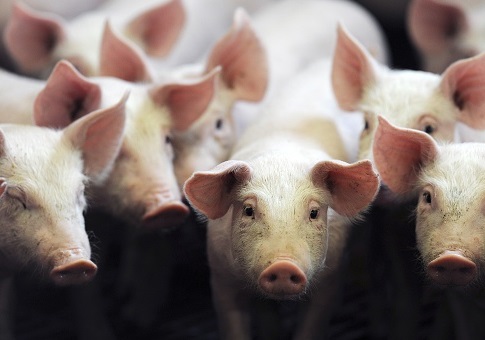The cost of earmarks totaled $6.8 billion in fiscal year 2017, up 33.3 percent from the previous year, according to Citizens Against Government Waste's 2017 Congressional Pig Book.
The cost of earmarks hit a record high of $29 billion in fiscal year 2006, and lawmakers have increased the use of earmarks each year. Since fiscal year 2012, the cost of earmarks increased by 106.1 percent.
"Earmarks create a few winners (appropriators, special interests, and lobbyists) and a great many losers (taxpayers)," the group states. "They contribute to the deficit directly, by tacking on extra funding, and indirectly, by attracting votes to costly legislation that might not otherwise pass."
Although an earmark moratorium was implemented, and there have been fewer earmarks than in peak years, the report notes that there is still a lack of transparency.
"Unfortunately, the earmark moratorium has not only failed to eliminate earmarks, but also has rendered the process patently less transparent," the report states. "There are no names of legislators, no list or chart of earmarks, and limited information on where and how the money will be spent."
This year, according to the report, there are more earmarks for agriculture, defense, energy, the interior, state and foreign operations, and housing, to name a few.
The book highlights that $500 million was spent on two F-35 Joint Strike Fighters, which have been behind schedule and roughly $170 billion over budget.
"Beyond the litany of cost overruns and delays, doubts exist as to whether the [Joint Strike Fighter] will be an improvement," the book explains. "Many members of Congress, including Rep. Martha McSally (R-Ariz.), who served 26 years in the Air Force and retired as a colonel in 2010, have questioned whether the F-35 will exceed the performance of the (far cheaper) A-10 in close-air support of troops on the ground."
Another $10,000,000 was spent on the Rural Utilities Services for high energy cost grants to fund repair and construct energy distribution facilities if their energy costs are 275 percent above the national average. The book points out there is another program, the RUS Electric Loan program, which does the same thing.
Roughly $66.5 million was spent on the National Endowment for Democracy to grow democratic institutions around the world, and $5.9 million was spent on the East-West Center, which aims to improve relations with Asian and Pacific nations. The State Department has tried to defund the center for years now.
The book says that $5 million was spent on the Save America's Treasures program, which supports restoring and operating opera houses, museums, and theaters. Even former president Obama called to eliminate the program since they could not demonstrate how it led to nationwide historic preservation.
"The 2017 Congressional Pig Book reveals the sullied underbelly of the Washington Swamp," said CAGW president Tom Schatz. "Even worse, some members of Congress are trying to return the wasteful and corrupt system to prominence even after taxpayers delivered a 'drain the swamp' message to D.C. less than one year ago. The only way to clean up Washington is to do the opposite: Adopt a permanent ban on pork-barrel earmarks."
